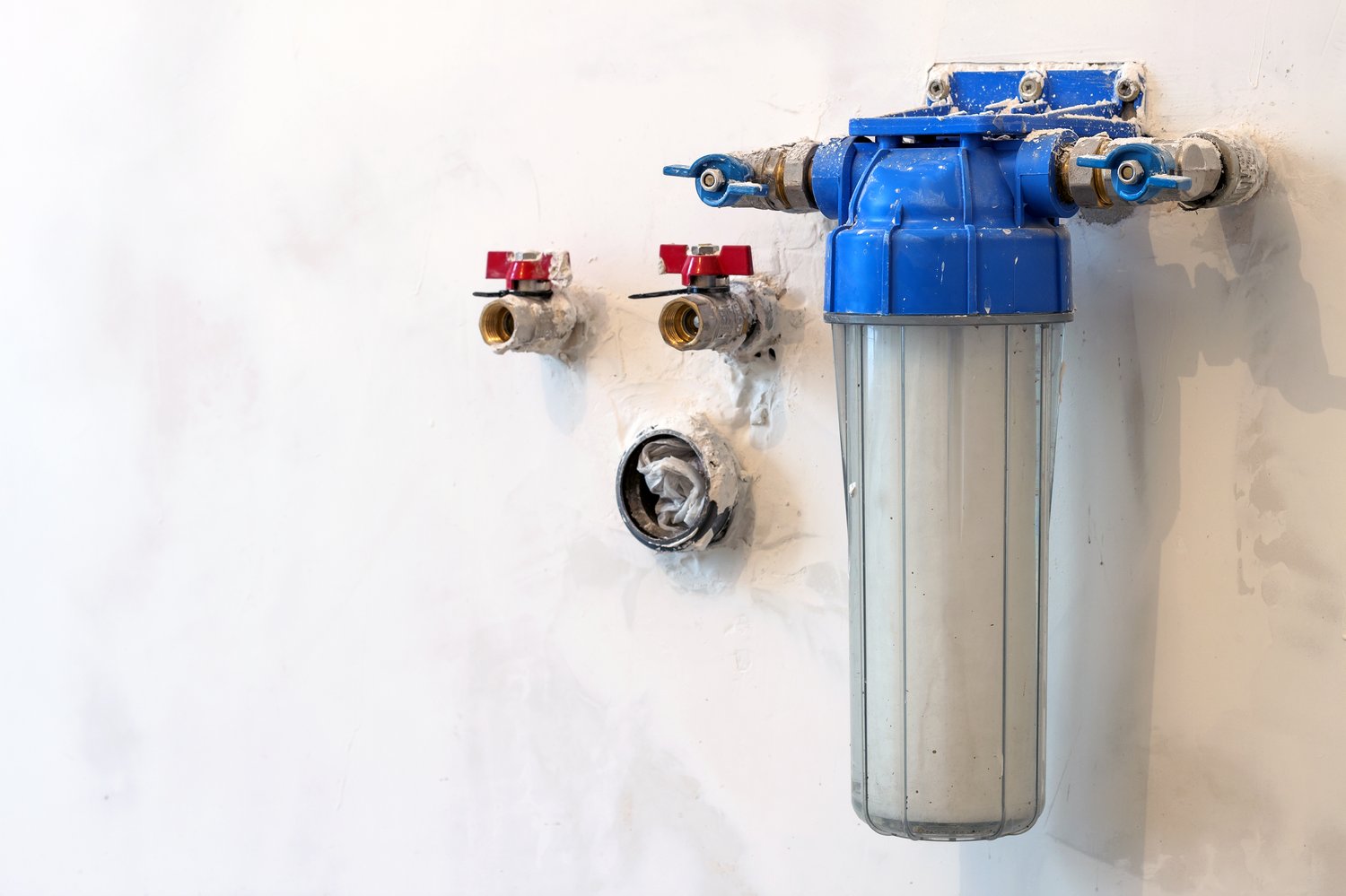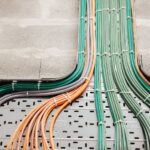Imagine you’re enjoying a quiet day at home, only to be interrupted by mysterious noises emanating from your reverse osmosis system. These unexpected sounds are not just a disturbance—they could signal deeper issues lurking within your water purification setup. Understanding the significance of these noises is crucial in maintaining an efficient and peaceful home environment.
- Discover the common causes of noise, such as pressure imbalances, vibrations, and air gaps, that often disrupt your reverse osmosis system.
- Learn practical solutions for these issues, including adjusting pressure regulators and checking for leaks, to restore tranquility and optimal function to your system.
- Explore the importance of maintaining correct water flow to prevent future disturbances and ensure the longevity of your system.
Tackling noise issues in your reverse osmosis system doesn’t have to be a daunting task. With the right knowledge and actions, you can quickly resolve these disruptions, keeping your water purification system running smoothly. Dive deeper into these solutions and enhance your system’s performance today.
Understanding the Question: Why Is My Reverse Osmosis System Making Noise? Pressure Solutions
Reverse osmosis systems are critical for providing pure and safe drinking water. However, unexpected noise can disrupt their quiet operation. Such noise is not only annoying but could also signal underlying issues that need attention.
Commonly, noise in a reverse osmosis system is associated with pressure imbalances. Identifying the source of the noise is crucial in addressing these problems effectively.
Maintaining appropriate pressure levels within your system is imperative to ensure smooth operation. An imbalance could lead to inefficiencies or even system damage over time.
This section explores typical causes behind the noise and underscores the importance of keeping pressure levels in check.
Common Causes of Noise in Reverse Osmosis Systems
Identifying the reasons behind noisy reverse osmosis systems is a vital first step in resolving potential pressure problems. Here are some prevalent causes that could be behind the unwanted sounds:
Vibrations: Excessive vibrations can occur if the system components are not securely fastened or aligned. They can lead to annoying constant hums or rattles.
Water Hammer Effects: This phenomenon happens when there is a sudden change in water flow, causing a pressure wave that translates into loud banging noises. It’s often caused by quick-opening and closing of valves within the system.
Air Gaps: The presence of air within the system might generate gurgling sounds as water moves through it. This is usually due to improper installation or leaks that introduce air into the water line.
Understanding these causes is essential in diagnosing issues accurately and implementing the right solutions. By addressing these noise sources, you can restore tranquility and efficiency to your reverse osmosis system.
Actionable Solutions: Addressing Pressure Problems in Reverse Osmosis Systems
Once you’ve identified the source of the noise in your reverse osmosis system, it’s crucial to put the right solutions into action. Tackling pressure issues not only resolves noise complaints but also enhances the overall performance of the system.
One of the first steps to consider is adjusting the pressure regulator. Many systems come with an adjustable pressure valve. Simply turning it clockwise can increase the pressure while turning it counterclockwise will decrease it. Be sure to adjust carefully and gradually to avoid sudden changes that might affect the system.
Another common source of noise is leaks within the system. Check all connections and filters for any potential leaking points. Tighten any loose connections and replace any damaged or worn-out pipes or fittings. Ensuring that all parts are tightly secured can significantly reduce unwanted sounds.
The correct water flow is vital for the reverse osmosis process to function smoothly. Ensure that the flow restrictor is functioning correctly and that there’s no blockage in the pipes. A blocked flow restrictor can cause pressure buildup, leading to excessive noise. Regular maintenance checks can prevent these issues.
By implementing these actionable solutions, you can minimize noise levels and maintain a quiet and efficient reverse osmosis system. Keep your system running smoothly with regular checks and maintenance to avoid future disturbances and enjoy clean, purified water at all times.
Frequently Asked Questions About Reverse Osmosis System Noise
What are common causes of noise in reverse osmosis systems?
Vibrations, water hammer effects, and air gaps are common causes of noise.
How can I resolve vibrations in my reverse osmosis system?
Secure any loose components and check for proper installation to reduce vibrations.
What is a water hammer, and how can it be fixed?
A water hammer is a sudden change in water flow, often fixed by installing a water hammer arrestor.
Why does air in the system cause noise?
Air pockets can create bubbling sounds. Bleed the system to remove air.
How do I adjust the pressure in the system?
Use the pressure regulator to maintain optimal system pressure levels.
Can leaks cause noise in the system?
Yes, leaks can lead to noise, so it’s crucial to inspect and seal any leaks promptly.
What maintenance steps can prevent noise?
Regular checks for signs of wear and keeping parts well-maintained can help prevent noise.





